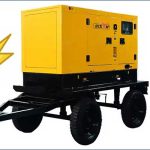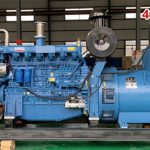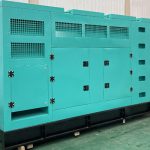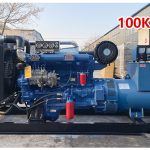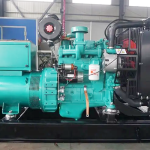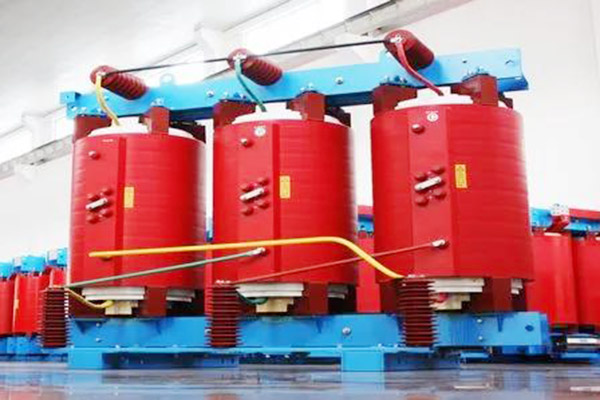In the world of electrical engineering, dry type transformers hold significant importance. Unlike their oil-filled counterparts, these transformers use air for cooling. This design makes them safer and more environmentally friendly. However, when selecting a dry type transformer, one must consider various factors, including the size. This blog aims to provide a comprehensive guide on dry type transformer sizes, ensuring you make an informed decision.
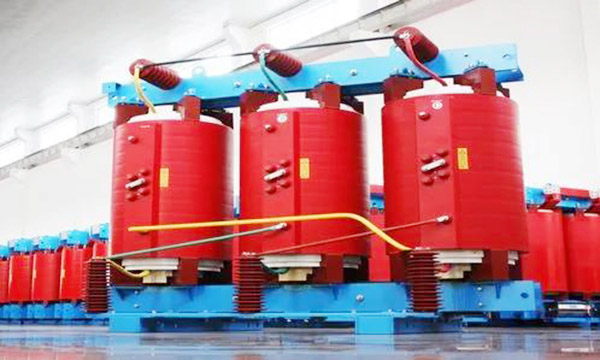
Why Size Matters in Dry Type Transformers
Choosing the correct size for a dry type transformer is crucial for several reasons. Firstly, the right size ensures optimal performance. If the transformer is too small, it may overheat or fail. On the other hand, an oversized transformer can lead to unnecessary energy consumption and increased costs. Therefore, understanding the appropriate size for your application is vital.
Factors Influencing Dry Type Transformer Sizes
Several factors influence the size of a dry type transformer. These include the load capacity, installation location, and thermal performance. Let’s explore each of these factors in detail.
Load Capacity
Load capacity is perhaps the most critical factor when determining the size of a dry type transformer. The load capacity, measured in kilovolt-amperes (kVA), indicates the maximum load the transformer can handle. To choose the right size, you need to calculate the total load of all devices that the transformer will support. This calculation ensures that the transformer can handle the demand without overloading.
Installation Location
The installation location also plays a significant role in determining the transformer size. Transformers installed indoors require adequate ventilation to dissipate heat. If the installation space is limited, a smaller transformer might be necessary. Conversely, outdoor installations might allow for larger transformers with higher capacities.
Thermal Performance
Thermal performance is another critical consideration. Dry type transformers rely on air for cooling. Therefore, their thermal performance is directly related to their size. A larger transformer generally has better thermal performance because it has more surface area to dissipate heat. However, this is not always the case, as the design and materials used can also impact thermal performance.
Standard Sizes of Dry Type Transformers
Dry type transformers come in various standard sizes, catering to different applications. These sizes are typically categorized based on their load capacity. Common sizes include:
Small (up to 500 kVA): Ideal for residential and light commercial applications.
Medium (500 kVA to 2,500 kVA): Suitable for larger commercial buildings and small industrial applications.
Large (2,500 kVA and above): Used in large industrial settings and for utility purposes.
Each of these sizes has its advantages and limitations. Small transformers are more compact and easier to install, while larger transformers offer higher capacity and better efficiency.
Here is the dry type transformer in our factory for your reference!!!
Custom Sizes for Specific Applications
In addition to standard sizes, dry type transformers can be customized to meet specific requirements. Customization might be necessary for unique applications that demand non-standard capacities or specific design features. For instance, transformers used in renewable energy projects might need custom sizes to accommodate varying load conditions and environmental factors.
Custom transformers can be designed to optimize performance and efficiency for specific applications. However, it is essential to work with experienced manufacturers who can ensure the custom transformer meets all regulatory standards and performance criteria.
The Role of Standards and Regulations
Standards and regulations also influence the size of dry type transformers. Various organizations, such as the National Electrical Manufacturers Association (NEMA) and the International Electrotechnical Commission (IEC), set standards for transformer design and performance. Compliance with these standards ensures safety, reliability, and efficiency.
When selecting a dry type transformer, it is crucial to ensure that the transformer complies with relevant standards. This compliance guarantees that the transformer will perform as expected and meet all safety requirements.
Advances in Dry Type Transformer Design
Advances in technology have led to significant improvements in dry type transformer design. Modern transformers are more efficient, reliable, and environmentally friendly than their predecessors. These advances have also impacted the sizes of dry type transformers.
One notable advancement is the use of high-performance materials. New materials, such as amorphous steel and high-temperature insulation, have improved the efficiency and thermal performance of transformers. As a result, it is now possible to design smaller transformers with higher capacities.
Another advancement is the development of more efficient cooling systems. Enhanced cooling technologies have reduced the need for large, bulky transformers, allowing for more compact designs without compromising performance.
Tips for Choosing the Right Dry Type Transformer Size
Selecting the right size for a dry type transformer can be challenging. Here are some tips to help you make the right choice:
- Assess Your Load Requirements: Calculate the total load that the transformer will support. Ensure that the transformer’s capacity exceeds this load to avoid overloading.
- Consider Future Expansion: If you anticipate future growth, choose a transformer with a higher capacity. This approach will save you from needing to replace the transformer as your load increases.
- Evaluate Installation Space: Consider the available space for installation. Ensure that the transformer will fit comfortably in the designated area with adequate ventilation.
- Consult with us online: Work with experienced professionals dry type transformer manufacturer as us, we can help you determine the right size based on your specific needs and conditions.
- Check Compliance: Ensure that the transformer complies with all relevant standards and regulations. This compliance guarantees safety and performance.
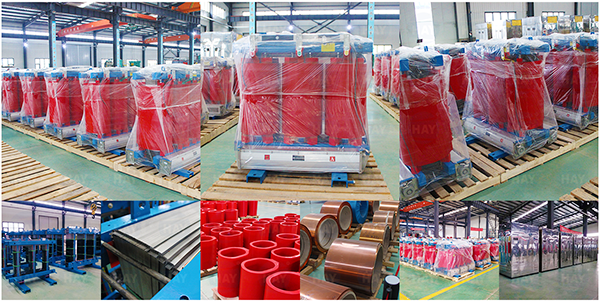
Conclusion
Understanding dry type transformer sizes is essential for selecting the right transformer for your application. The size of the transformer impacts its performance, efficiency, and safety. By considering factors such as load capacity, installation location, and thermal performance, you can choose a transformer that meets your needs and ensures reliable operation.
Advances in technology have improved the design and efficiency of dry type transformers, offering more options for various applications. Whether you opt for a standard size or require a custom solution, working with experienced professionals will help you make an informed decision.
Remember, the right transformer size not only enhances performance but also contributes to energy efficiency and cost savings. Make sure to assess your requirements thoroughly and choose a transformer that aligns with your current and future needs.






